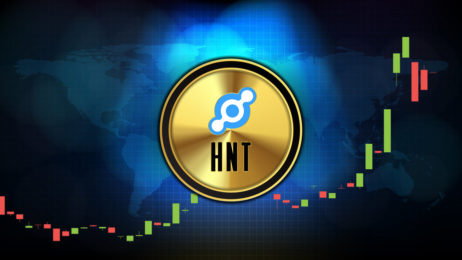
Reliance-Disney merger: India’s competition watchdog puts $8.5 billion deal under scrutiny
- The merger could command 40% of the TV and streaming advertising market.
- In 2022, the CCI had issued a warning for the proposed $10 billion Zee-Sony merger.
- The antitrust body has provided Reliance and Disney with 30 days to respond to its notice.
The $8.5 billion merger between Reliance Industries and Disney’s media assets in India has hit an obstacle, as the Competition Commission of India (CCI) raises concerns over its potential impact on market competition.
This development could have far-reaching consequences for the future of cricket broadcasting in the country, a market dominated by the sport’s immense popularity.
The CCI’s preliminary assessment suggests that the merger, which would grant the combined entity considerable control over cricket broadcast rights, might stifle competition in the sector.
Given cricket’s central role in India’s media landscape, the deal has sparked widespread debate about its potential to reshape the industry.
Reliance-Disney deal: 40% of the advertising market?
Copy link to sectionThe merger, if approved, would further cement Reliance’s dominance in India’s media market, particularly in cricket broadcasting.
With control over lucrative rights to major cricket events, including the Indian Premier League (IPL), the merged entity could significantly influence advertising dynamics.
According to estimates by Jefferies, the new entity could command up to 40% of the advertising market in both television and streaming segments.
Such market power could lead to higher advertising rates, putting pressure on competitors and limiting options for advertisers.
The CCI has raised alarms about this potential market dominance and has reportedly asked both companies to explain why a full-scale investigation should not be launched.
The antitrust body is particularly concerned about the broadcast and streaming rights for key cricket events, which expire in 2027 and 2028, complicating any potential sale of these rights to mitigate competition concerns.
In response, Reliance and Disney have signaled a willingness to divest a small number of television channels to address some of the CCI’s concerns.
However, they have been reluctant to make any concessions related to cricket rights, a key asset in the deal.
CCI scrutiny on media mergers
Copy link to sectionThis is not the first time that a merger in India’s media sector has come under CCI scrutiny.
In 2022, a proposed $10 billion merger between Zee Entertainment and Sony received a warning notice from the CCI.
Although the companies managed to secure approval by selling three TV channels, the merger eventually collapsed.
The current Reliance-Disney merger could face a similar fate if the companies fail to adequately address the CCI’s concerns.
Given the CCI’s initial stance, the approval process for the merger is likely to be delayed.
The antitrust body has provided Reliance and Disney with 30 days to respond to its notice, allowing them to present their case and offer additional concessions.
The outcome of this process could set a significant precedent for future mergers in India’s rapidly evolving media landscape.
Higher costs for advertisers
Copy link to sectionThe CCI’s intervention highlights the critical need to maintain a competitive environment in India’s media sector, especially in the highly lucrative cricket broadcasting market.
If the Reliance-Disney merger is approved without significant concessions, it could lead to higher costs for advertisers and reduced competition in the market.
This scenario could have wide-ranging implications for other media companies, including global giants like Netflix and Amazon, which are also competing for a share of India’s expanding digital audience.
As Reliance and Disney prepare to respond to the CCI’s concerns, the broader media industry will be watching closely.
The outcome of this case could influence the strategies of other media conglomerates considering mergers or acquisitions in the region.
It could also prompt regulators to adopt a more proactive stance in scrutinizing deals that could lead to excessive market concentration, particularly in sectors as influential as sports broadcasting.
The Reliance-Disney merger represents a pivotal moment for India’s media industry, with the potential to reshape the competitive landscape.
As the companies navigate this complex regulatory environment, the future of media competition in India hangs in the balance.
More industry news







